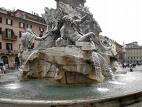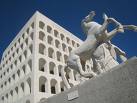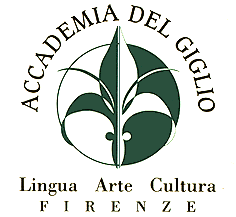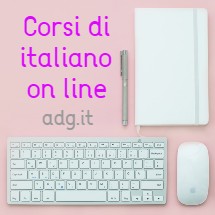 Mannerist Style (2nd half of the 16th century). The terminology comes from “manner,” for instance “in the manner of”, which copies but also changes the equilibrium and harmony of classical architecture and which transforms or deforms. Examples: the great cave of Bernardo Buontalenti at the Boboli Gardens, the court of the Pitti Palace by Niccolo Ammannati, the Uffizi of Giorgio Vasari, the Orsini Gardens of Bomarzo.
Mannerist Style (2nd half of the 16th century). The terminology comes from “manner,” for instance “in the manner of”, which copies but also changes the equilibrium and harmony of classical architecture and which transforms or deforms. Examples: the great cave of Bernardo Buontalenti at the Boboli Gardens, the court of the Pitti Palace by Niccolo Ammannati, the Uffizi of Giorgio Vasari, the Orsini Gardens of Bomarzo.
 Baroque Style (17th and 18th centuries). Baroque art developed out of Mannerism, but the desire was above all to impress with grand decoration, with uses of space that are spectacular and/or classical in form but also with the use of effective optical illusions; they utilized grandiose stucco and frescos. The piazza of Saint Peter at the Vatican and the Fountain of the Four Rivers by Gian Lorenzo Bernini are in the Baroque Style. Rome has many other Baroque palaces and churches. Lecce and Noto are Baroque cities.
Baroque Style (17th and 18th centuries). Baroque art developed out of Mannerism, but the desire was above all to impress with grand decoration, with uses of space that are spectacular and/or classical in form but also with the use of effective optical illusions; they utilized grandiose stucco and frescos. The piazza of Saint Peter at the Vatican and the Fountain of the Four Rivers by Gian Lorenzo Bernini are in the Baroque Style. Rome has many other Baroque palaces and churches. Lecce and Noto are Baroque cities.
-
 Rococo Style (18th century). This is also called Late Baroque, but it is more “accessible” than Baroque, elegant and splendid and with curling undulations. In Torino there can be found the basilica of Superga and the Palace of the Stupingi by Filippo Juvarra. Then, between the Baroque and the Rococo, we are able to admire the Reggia of Caserta of Luigi Vanvitelli, and between the Baroque and the Classical the Fountain of Trevi.
Rococo Style (18th century). This is also called Late Baroque, but it is more “accessible” than Baroque, elegant and splendid and with curling undulations. In Torino there can be found the basilica of Superga and the Palace of the Stupingi by Filippo Juvarra. Then, between the Baroque and the Rococo, we are able to admire the Reggia of Caserta of Luigi Vanvitelli, and between the Baroque and the Classical the Fountain of Trevi.
-
 Neoclassic Style (between 17th and 18th centuries). In this we can see the impact of the model or style of the ancient Romans and Greeks. The theatre of la Scala in Milan is an example of Neoclassical architecture.
Neoclassic Style (between 17th and 18th centuries). In this we can see the impact of the model or style of the ancient Romans and Greeks. The theatre of la Scala in Milan is an example of Neoclassical architecture.
-
 Liberty style or Art Nouveau (end of the 18th to the beginning of the 19th centuries). A modern style, industrial but fantastic, and on the whole more floral, using new materials such as metal and glass. For the Liberty style in Florence, click here.
Liberty style or Art Nouveau (end of the 18th to the beginning of the 19th centuries). A modern style, industrial but fantastic, and on the whole more floral, using new materials such as metal and glass. For the Liberty style in Florence, click here.
-
 “Fascist” style. All-powerful and grand, this was constructed around forms both modern and classical which celebrated the grand regime of Mussolini. The stations of Rome and Florence are in Fascist style, as is also the EUR quarter.
“Fascist” style. All-powerful and grand, this was constructed around forms both modern and classical which celebrated the grand regime of Mussolini. The stations of Rome and Florence are in Fascist style, as is also the EUR quarter.
The end of World War II resulted in difficult discussions about style. From 1945 to today there have many architects who have this tendency, the most known of whom is perhaps Renzo Piano.
Post translated by Andrew and Clélia. The version in Italian is here.
Part one is here.







Commenti recenti